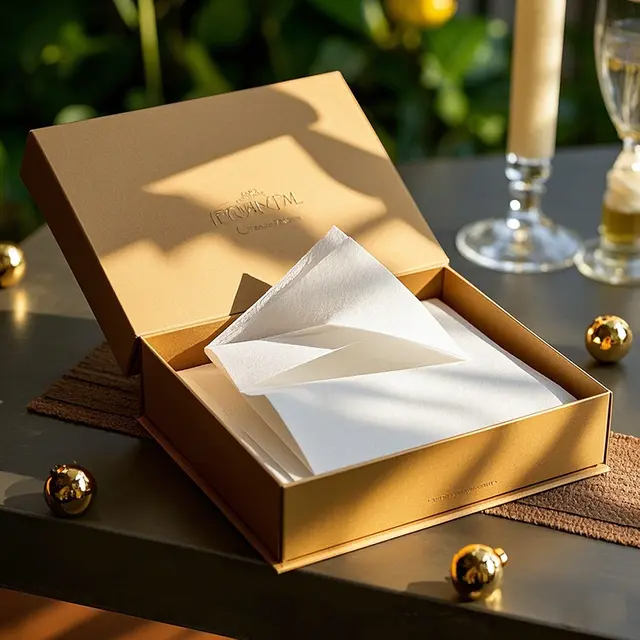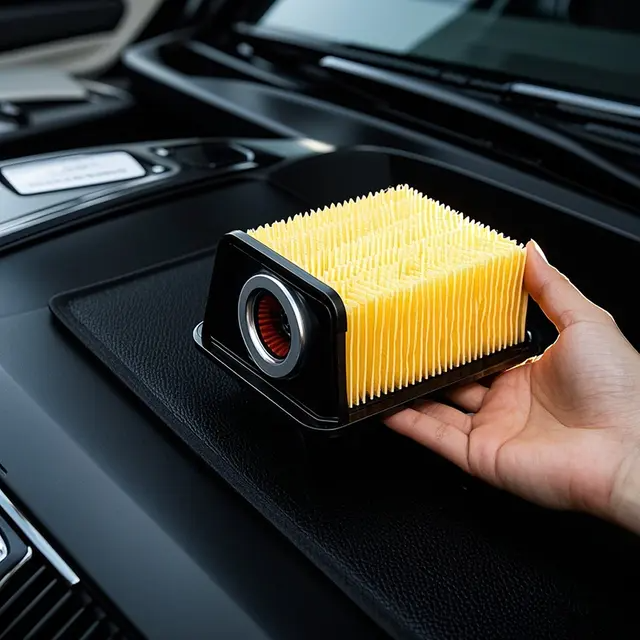- All
- Product Name
- Product Keyword
- Product Model
- Product Summary
- Product Description
- Multi Field Search

Views: 169 Author: Site Editor Publish Time: 2025-07-26 Origin: Site
In the dynamic world of technical textiles, non-woven fabrics have emerged as a critical material across diverse industries. From construction to filtration and interior decoration, the demand for specialized fabrics that deliver both performance and durability has never been higher. Among these, coarse filament non-woven fabric stands out due to its strength, rigidity, and adaptability. But what exactly are the types of non-woven fabrics, and where does coarse filament fit in?
This article explores the three main types of non-woven fabric textiles, their manufacturing processes, and the distinct advantages of coarse filament non-woven fabric, especially in applications such as building materials, filter materials, and decorative surfaces. Whether you're an industry expert or a curious reader, this comprehensive guide offers in-depth insights supported by technical understanding and real-world relevance.
Unlike traditional textiles made by weaving or knitting, non-woven fabrics are engineered sheets or webs of fibers that are bonded together through mechanical, thermal, or chemical means. This technology offers several advantages:
High customization potential
Cost-effective mass production
Versatility in weight, strength, and texture
Coarse filament non-woven fabric specifically refers to non-wovens made using thick, continuous synthetic filaments. These are often made from polyester or polypropylene and are known for their dimensional stability, tensile strength, and structural rigidity. As we'll see later, these properties make them exceptionally suited for industrial use.

Non-woven fabrics can be broadly categorized into spunbond, meltblown, and needle-punched types, each with its unique method of manufacturing and end-use suitability.
Spunbond non-woven fabrics are produced by extruding thermoplastic polymers like PP or PET into continuous filaments, which are then laid into a web and bonded using heat or pressure.
Excellent tensile strength
Lightweight and breathable
Available in a wide range of deniers, including coarse filament variations
Agricultural covers
Geotextiles
Building insulation layers
For coarse filament spunbond non-wovens, the use of thicker deniers ensures enhanced structural support and greater resistance to tearing and deformation. These are ideal for robust applications like concrete curing sheets and roofing underlays.
Meltblown fabrics are created by extruding molten polymer through small nozzles and blowing it into microfibers using high-speed hot air. The resulting web is then bonded thermally.
Fine fibers provide high surface area
Excellent filtration performance
Typically softer and lighter than spunbond types
Face masks and air filters
Oil absorbents
Battery separators
While coarse filament materials aren't typically used in meltblown processes, they can be laminated with meltblown layers to form composite non-woven structures, combining durability with fine filtration capability.
Needle-punched non-woven fabrics are made by mechanically entangling layers of synthetic or natural fibers using barbed needles. This method creates a dense, thick, and durable fabric.
High mechanical strength
Textured surface
Ideal for heavy-duty applications
Carpet backing
Acoustic insulation
Protective felts and decorative liners
Coarse filament needle-punched non-wovens provide superior load-bearing capacity and abrasion resistance, making them a popular choice for decorative wall panels, furniture backing, and structural composites in construction.
So, where does coarse filament non-woven fabric come into play? This fabric category uses thick, continuous filaments — usually greater than 6 denier — that are bonded through the spunbond or needle-punched methods. The thickness provides several performance benefits that standard non-wovens can't match.
| Feature | Description |
|---|---|
| High Durability | Thick filaments offer exceptional tear resistance and structural strength |
| Excellent Dimensional Stability | Maintains shape under stress and temperature fluctuation |
| Customizable Surface | Can be laminated, embossed, or colored for decorative use |
| Low Maintenance | Resists dust, water, and common industrial chemicals |
| Sustainability | Can be manufactured using recycled polyester (rPET) |
Due to these properties, coarse filament non-woven fabrics have become a preferred solution for industries requiring a blend of aesthetics and utility.

Let’s explore the key industries where coarse filament non-woven fabric is making a tangible impact.
The construction sector demands materials that are durable, moisture-resistant, and easy to install. Coarse filament non-woven fabrics fit the bill as:
Roof underlayment for improved insulation and waterproofing
Concrete curing covers that maintain humidity for optimal curing
Vapor barriers that enhance wall and floor system efficiency
The fabric’s coarse texture ensures superior grip and minimal slippage during installation, reducing labor time and increasing safety.
In industrial filtration, performance is paramount. Coarse filament non-woven fabrics can be tailored for:
Air intake systems in HVAC and automotive
Liquid filtration in oil and water systems
Dust collector filters in manufacturing plants
Their rigidity helps maintain filter geometry, while the open pore structure allows for controlled flow rates. When combined with finer meltblown layers, they offer multi-layer filtration efficiency.
More than just functional, coarse filament non-wovens are also aesthetically versatile:
Interior wall coverings with a textured, woven appearance
Ceiling panels for acoustic and visual enhancements
Furniture lining that offers both durability and design harmony
The ability to emboss, dye, or laminate these fabrics makes them a top choice in high-end architectural projects and furniture manufacturing.
Yes, many manufacturers now use recycled polyester (rPET) filaments, reducing the environmental impact while maintaining product performance. These fabrics can also be reused or thermally reprocessed.
Coarse filament fabrics are made from thicker fibers, typically above 6 denier, offering higher tensile strength and rigidity, whereas fine denier fabrics (under 3 denier) are softer and used for delicate or lightweight applications.
Absolutely. These fabrics exhibit excellent water resistance, especially when laminated with a PE or PU coating. They are widely used in roofing membranes and ground barriers.
Thanks to UV-resistant polymers and thermal stability, coarse filament non-woven fabrics can last for years in outdoor environments, depending on exposure conditions and material finish.
Coarse filament non-woven fabric is not just another technical textile—it’s a high-performance, multi-application material that bridges the gap between function and form. Whether you need a strong filter base, a reliable construction component, or a visually appealing surface, this fabric delivers on all fronts.
As industries demand more sustainable, efficient, and durable solutions, coarse filament non-wovens are poised to lead the way. Understanding the types of non-woven fabrics—and how to choose the right one—will be key to leveraging their full potential.